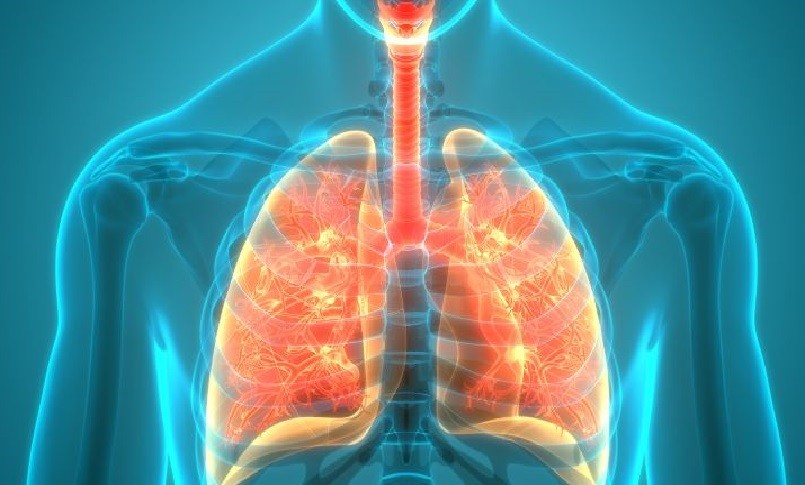Screening on cystic fibrosis scans the CFTR gene for mutations that, if present, cause the disease
In the DNA the genetic information that is transmitted from parents to children is stored.
These instructions are so important that two copies of them are stored in our DNA: one copy we inherit from the mother and the other from the father.
The instructions are real “words” and “phrases” written with an alphabet of four molecules (letters) called nucleotides: adenine (A), thymine (T), guanine (G) and Cytosine (C).
A gene is a small part of our DNA and each gene contains instructions for making a protein capable of performing a specific function in the cell. The information is a sequence of the 4 letters of the genetic alphabet: A, T, G and C. The CFTR gene is particularly large, being composed of 6128 letters (nucleotides).
When the information carried by the gene contains an error (a bit like printing errors), a change can occur (termed mutation) leading to incomplete or erroneous instructionstherefore to the production of a protein that works poorly or does not work at all.
I parents, healthy carriers of genetic defects, they can pass these mutations on to their offspring.
The gene responsible for cystic fibrosis (CF) is called the CFTR (Cystic Fibrosis Transmembrane Regulator) gene.
Il gene CFTR produces a protein that functions as a channel for chlorine and bicarbonate: its function is to pass chlorine and bicarbonate through the cell wall.
Il genetic testing – or genetic analysis – allows you to find out if this information is normal or altered. Positive genetic test means that the message carried by the gene contains an error – mutation – and that this error can cause disease.
Also family members of the bearer they can usefully make use of the genetic test to find out if they are healthy carriers of a mutation and therefore at risk of transmitting this mutation to their children.
Today we know more than 2200 different mutations which can cause cystic fibrosis.
How to identify the mutation
The sequence of a gene can be analyzed with molecular biology techniques and, knowing its normal sequence, it is possible to identify any anomalies (mutations). Analyzes that allow you to study a gene are commonly referred to as genetic tests or screenings.
Who is the test for?
Cystic fibrosis (CF) is a disease that occurs when both copies of the CFTR gene passed on to the child by each parent are abnormal.
Today, all people with suspected symptoms of Cystic Fibrosis and neonatal trypsin positive newborns are subjected to the study of the CFTR gene for the search for mutations.
As a first step, a genetic test – or genetic analysis – is used which searches for all the mutations of the CFTR gene through the complete study of the gene (2200 mutations identified today) including the regulatory sequences, such as the promoter, introns and deletions.
In the event that the parents have already carried out the genetic test, a screening test is used aimed at identifying those previously identified paternal and maternal mutations.
What forms can be identified
The study of the gene CFTR con test molecolare (tecnica Next Generation Sequencing, NGS) allows you to identify up to 97% of mutations.
Today, in addition to gene sequencing, it is possible to apply new technologies able to evaluate the functioning of the anomalous protein produced by the mutated gene (functional studies).
To date, not all CFTR mutations identifiable by sequencing (NGS) have known clinical significance. There are, in fact, people with both CFTR genes mutated but who do not have any symptoms of cystic fibrosis.
There are also patients with a positive genetic test, i.e. with two mutations known to cause cystic fibrosis, who however have a negative sweat test.
The potential of genetic testing
In the case of a child affected by Cystic Fibrosis, the parents are healthy carriers, i.e. in their genetic heritage (DNA) they have one copy of the CFTR gene intact and the other altered (mutated). Hence, the parents do not show any symptoms of the disease.
Since newborn screening also makes use of genetic testing in newborns who have a positive trypsin screening test (performed on the second/third day of life), early diagnoses of cystic fibrosis are increasing and facilitate the early identification of the forms of disease that do not give symptoms in the first months or years of life.
At the same time, however, the contribution of genetic analysis determines an increase in difficult diagnoses, identifying mutations of the CFTR gene of which we still do not know whether they can cause the disease or not.
In order to arrive at the diagnosis, in these cases it is necessary to resort to the use of technologies for the study of the functionality of the CFTR protein, allowing to quantify the functional defect of the CFTR channel in cells grown in a specific laboratory for each patient.
The advantage, for all cases of difficult and inconclusive diagnosis of cystic fibrosis, is the possibility of activating a follow-up of the patient, useful for early identification – and equally early treatment – of any complications of cystic fibrosis from the first years of life.
NurseTimes editorial team
Stay up to date with Nurse Times, follow us on:
Telegram – https://t.me/NurseTimes_Channel
Instagram – https://www.instagram.com/nursetimes.it/
Facebook – https://www.facebook.com/NurseTimes. NT
Twitter –
